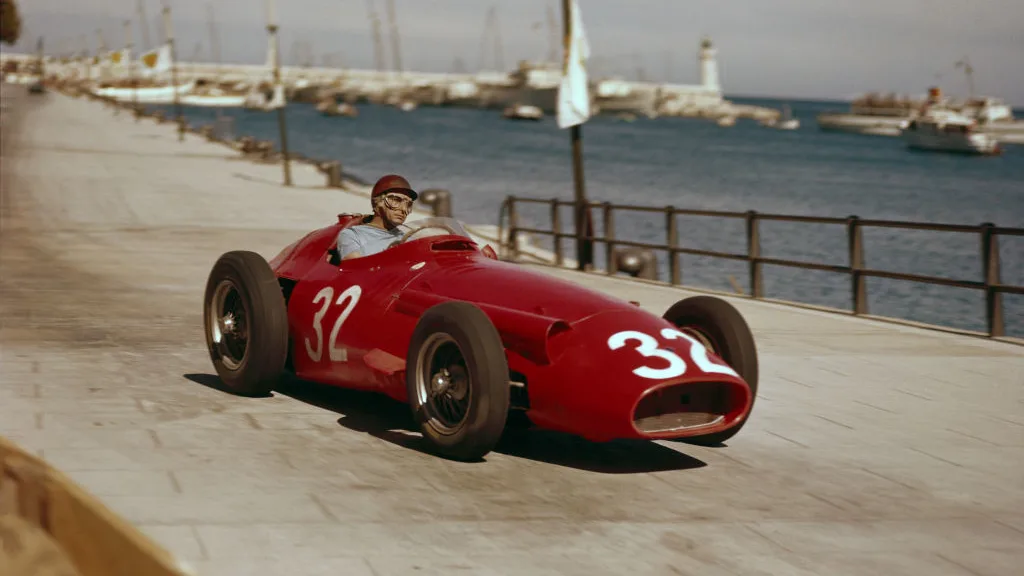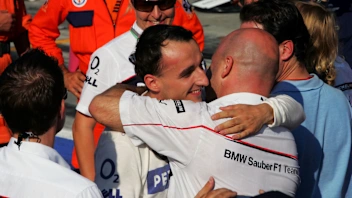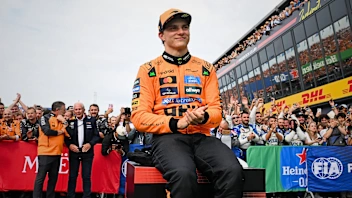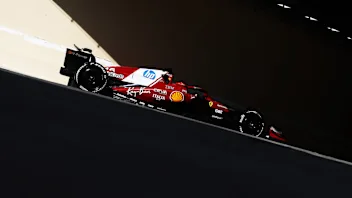TREMAYNE ON FANGIO: Why F1’s first record breaker is still revered by racing fans decades after he left the stage


Saturday June 24 2023 marks the 112th anniversary of the birth of multiple world champion Juan Manuel Fangio.
Long before single-name recognition became the hallmark of famous singers or footballers, he was known simply by his surname, usually with an exclamation mark attached. In the 1950s, when the F1 World Championship was in its childhood, he was the hero so many times that he was lionised in every country that the sport visited.
Next Up
Related Articles
 Sauber’s best moments and most memorable liveries in F1
Sauber’s best moments and most memorable liveries in F1.webp) End Of Year Reports 2025Kick Sauber’s best and worst moments from 2025
End Of Year Reports 2025Kick Sauber’s best and worst moments from 2025 Hinchcliffe'History shows Piastri will be even better in 2026'
Hinchcliffe'History shows Piastri will be even better in 2026'.webp) End Of Year Reports 2025Aston Martin’s best and worst moments from 2025
End Of Year Reports 2025Aston Martin’s best and worst moments from 2025 Ferrari confirm launch date for 2026 campaign
Ferrari confirm launch date for 2026 campaign.webp) End Of Year Reports 2025Alpine’s best and worst moments from 2025
End Of Year Reports 2025Alpine’s best and worst moments from 2025
